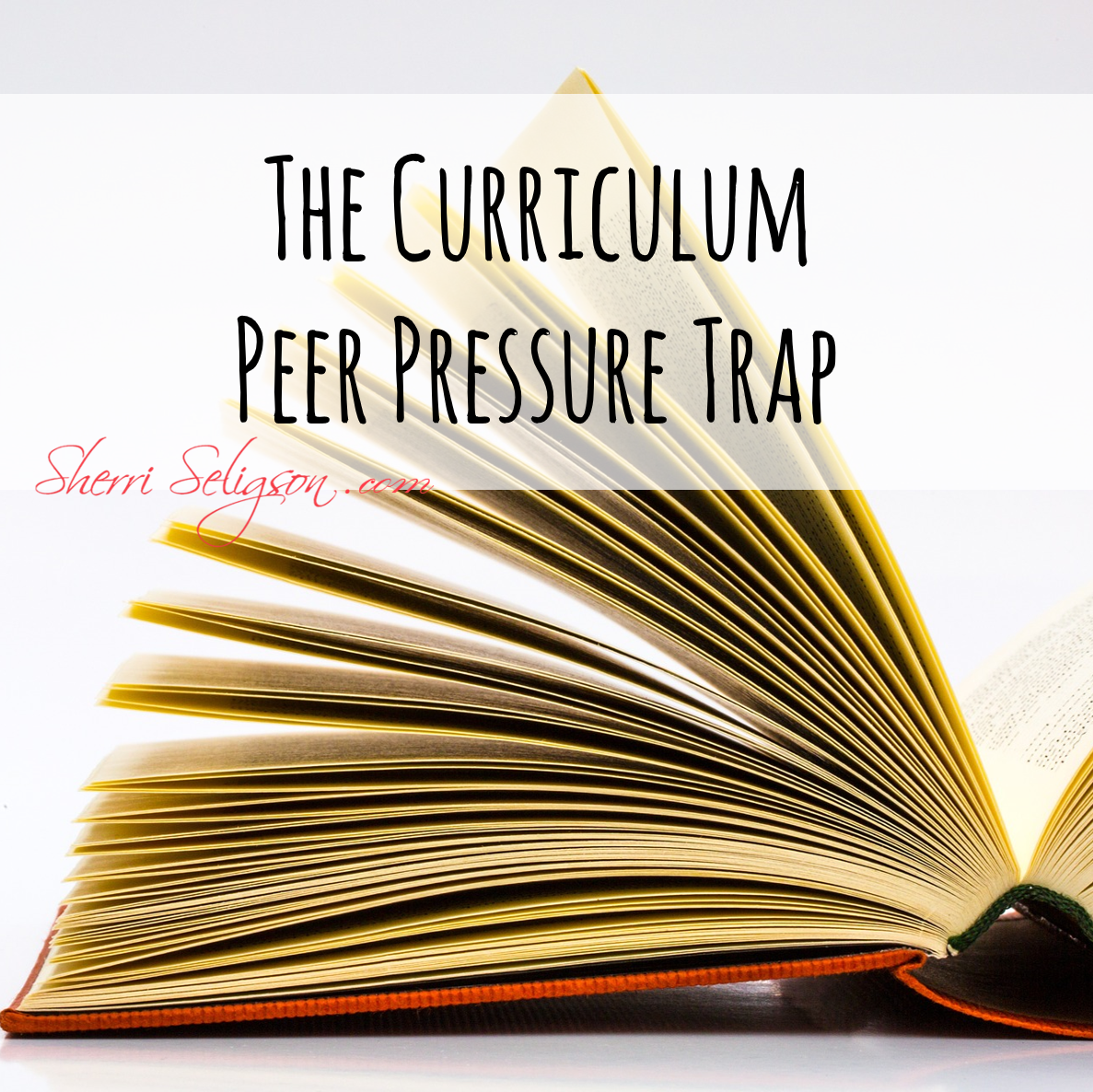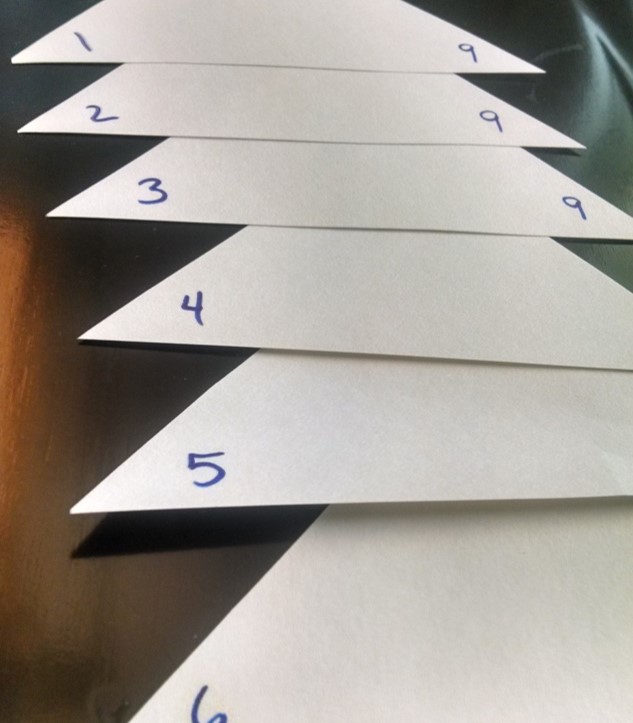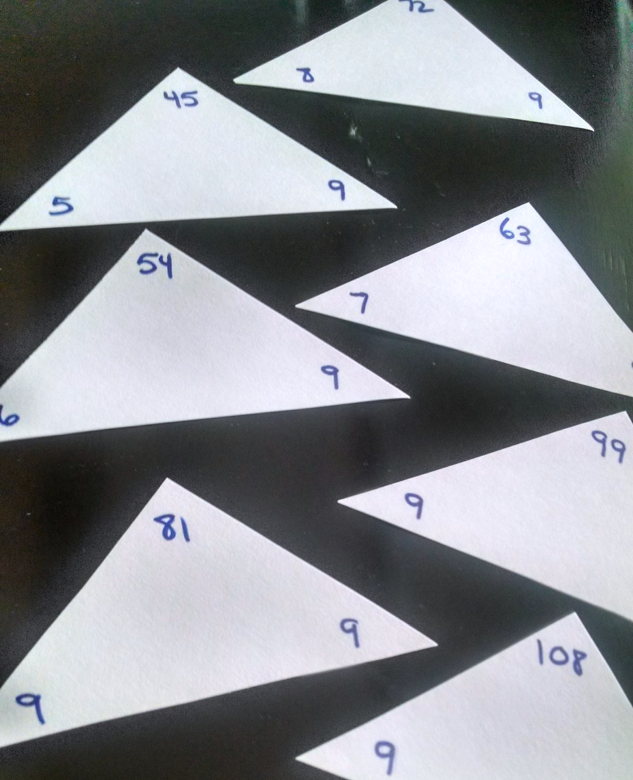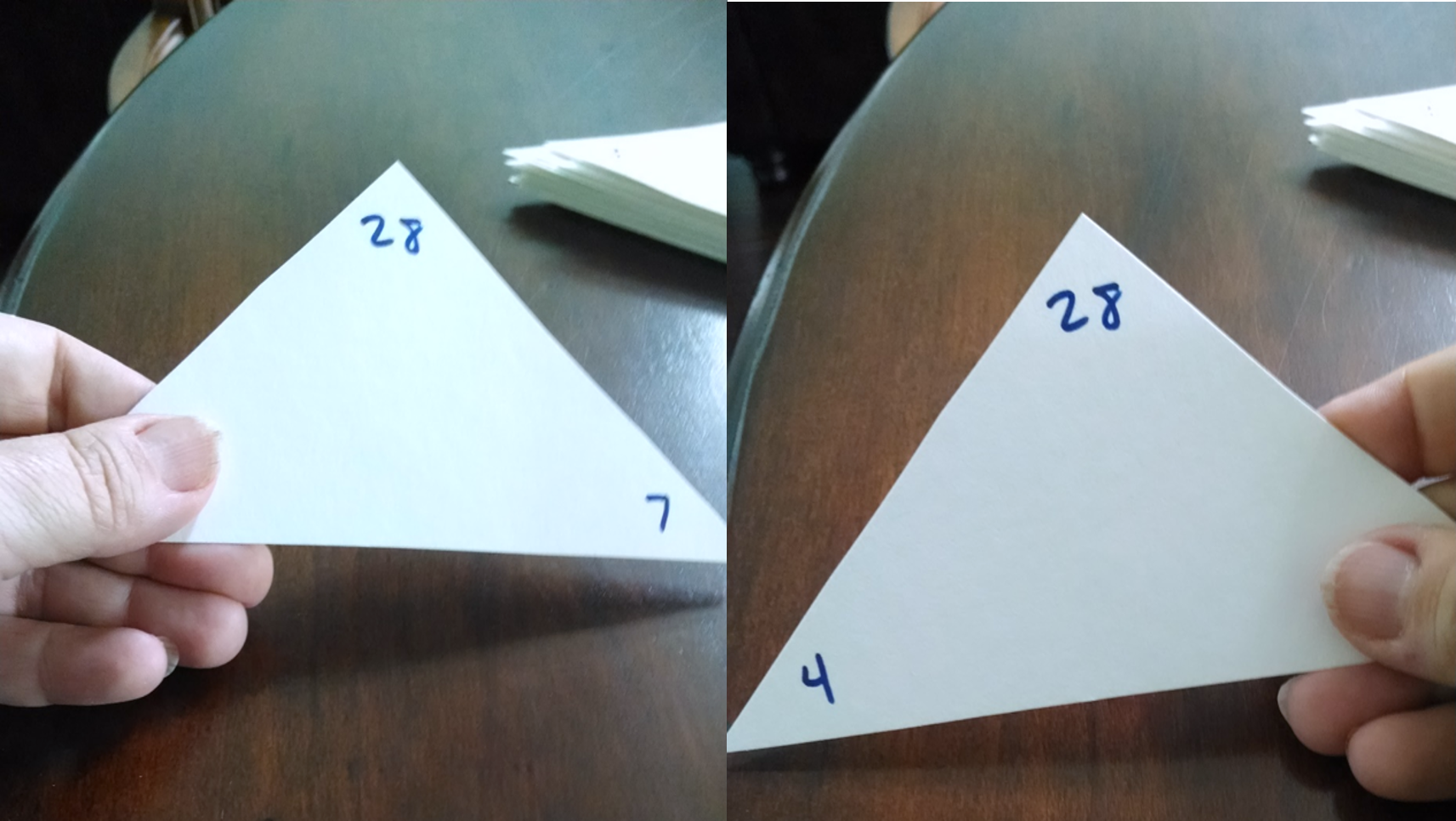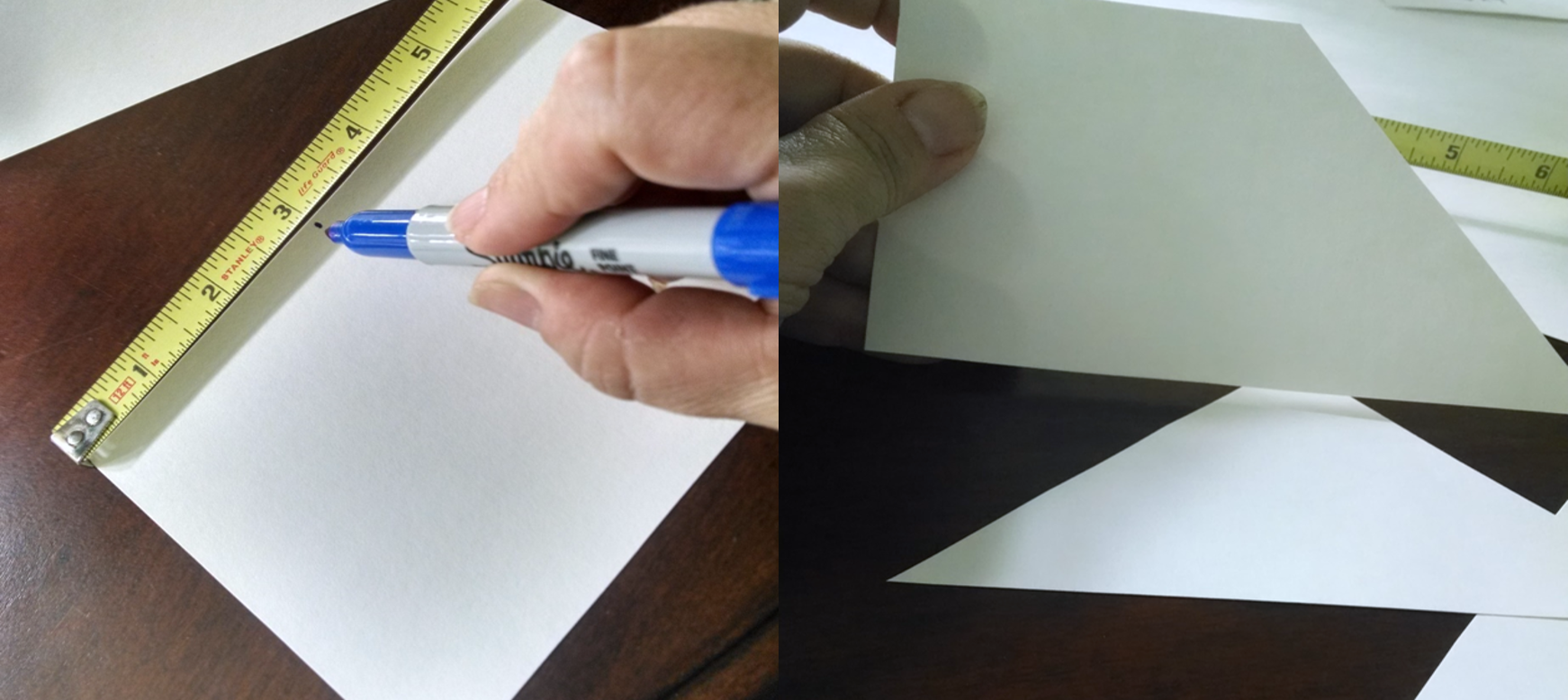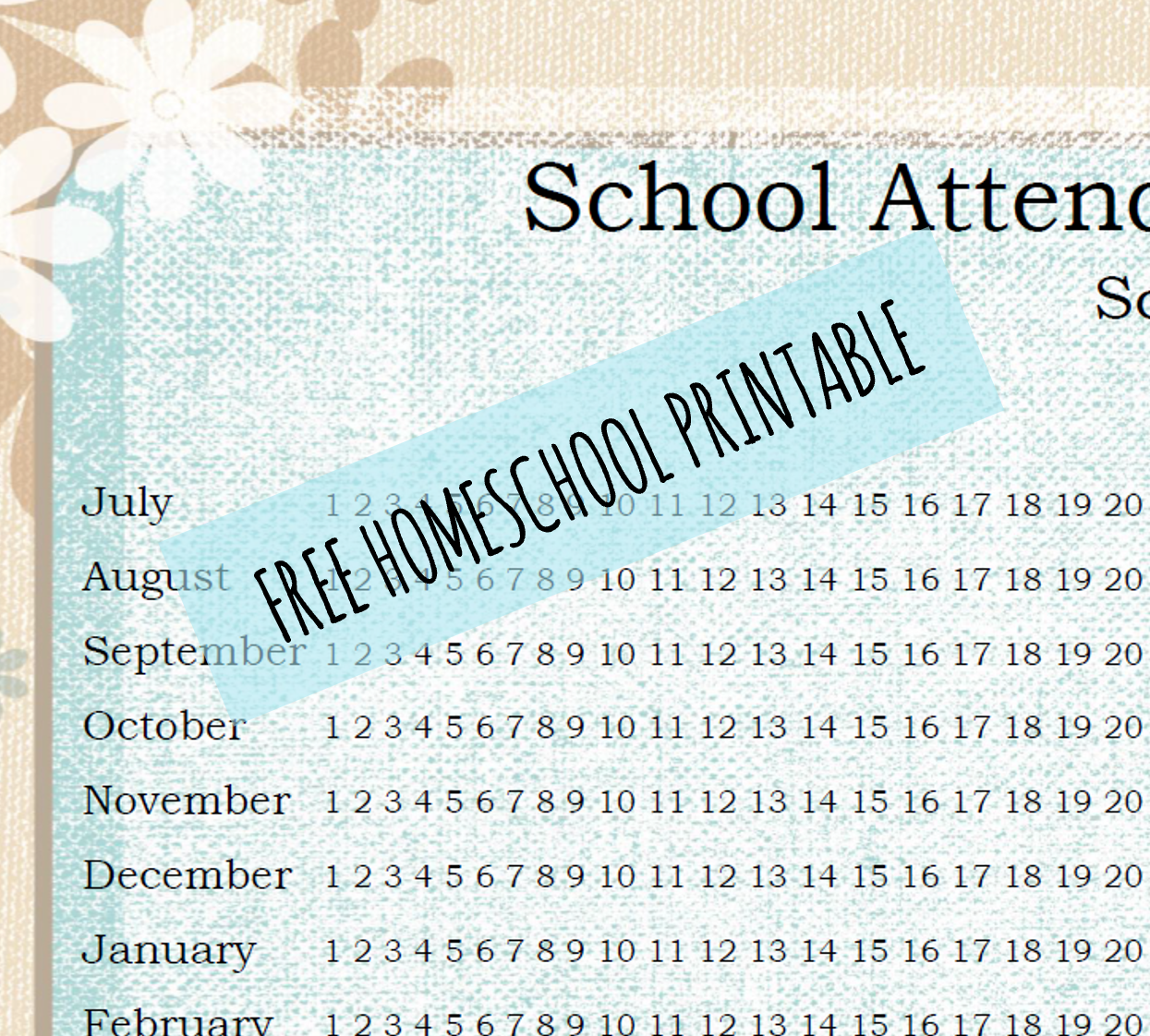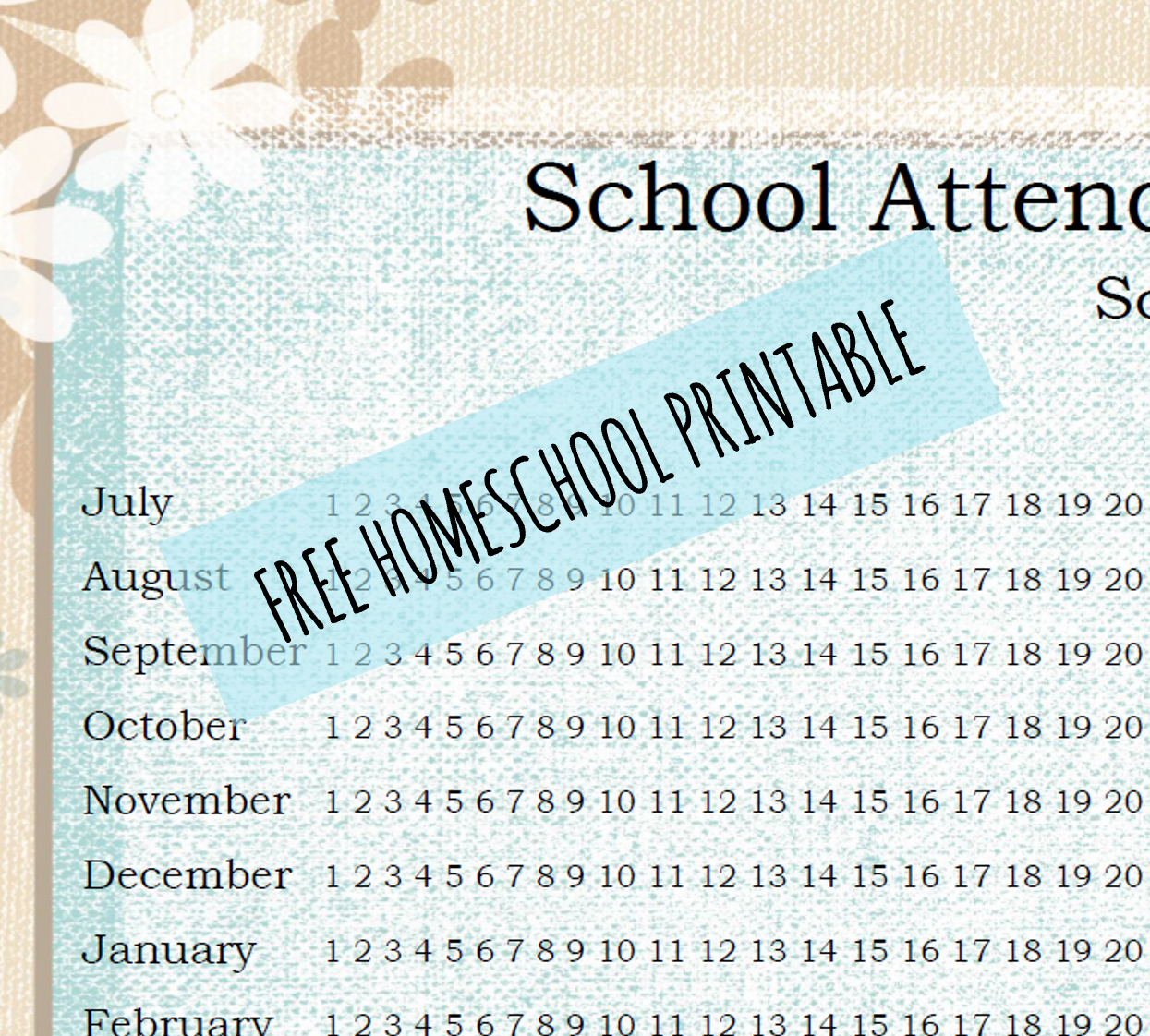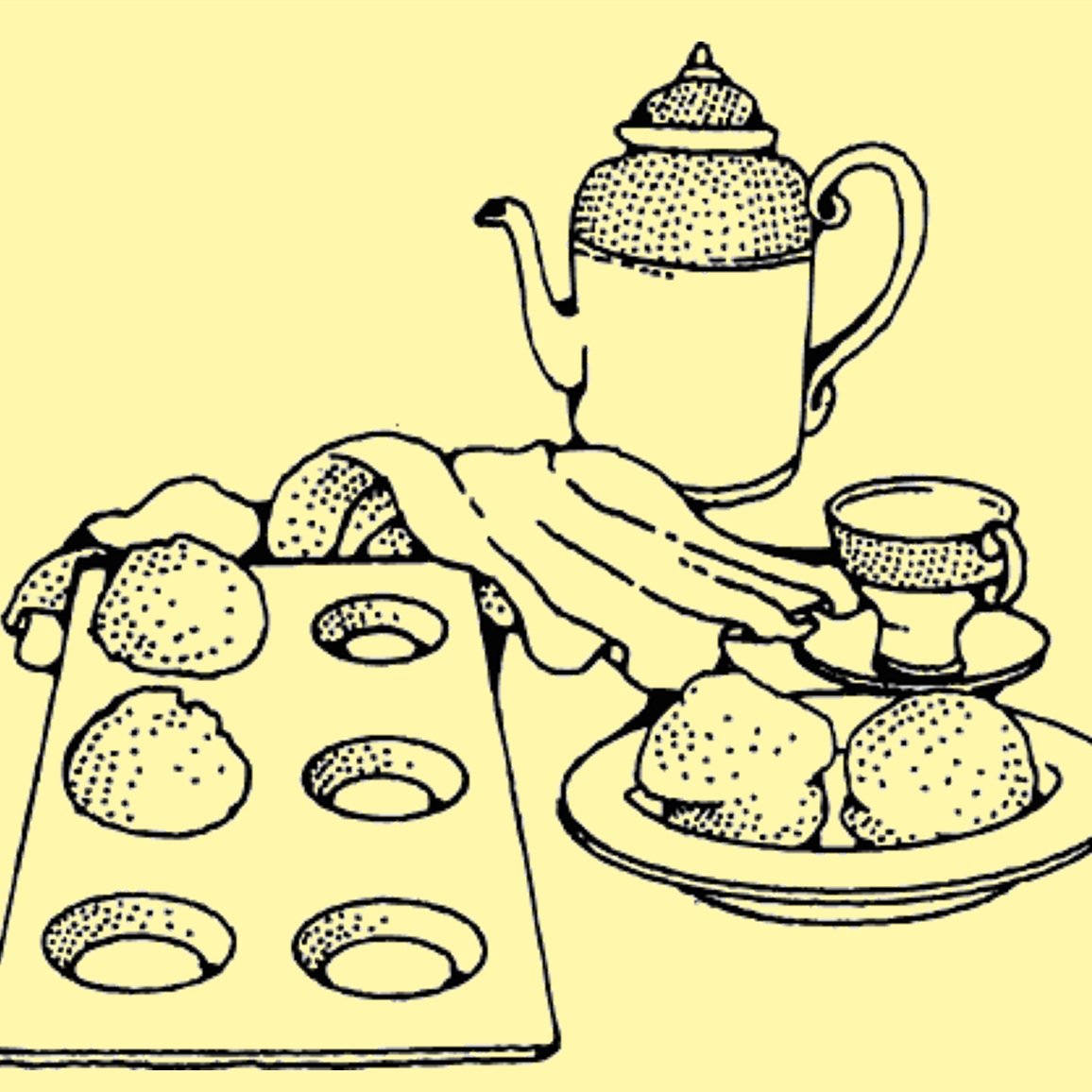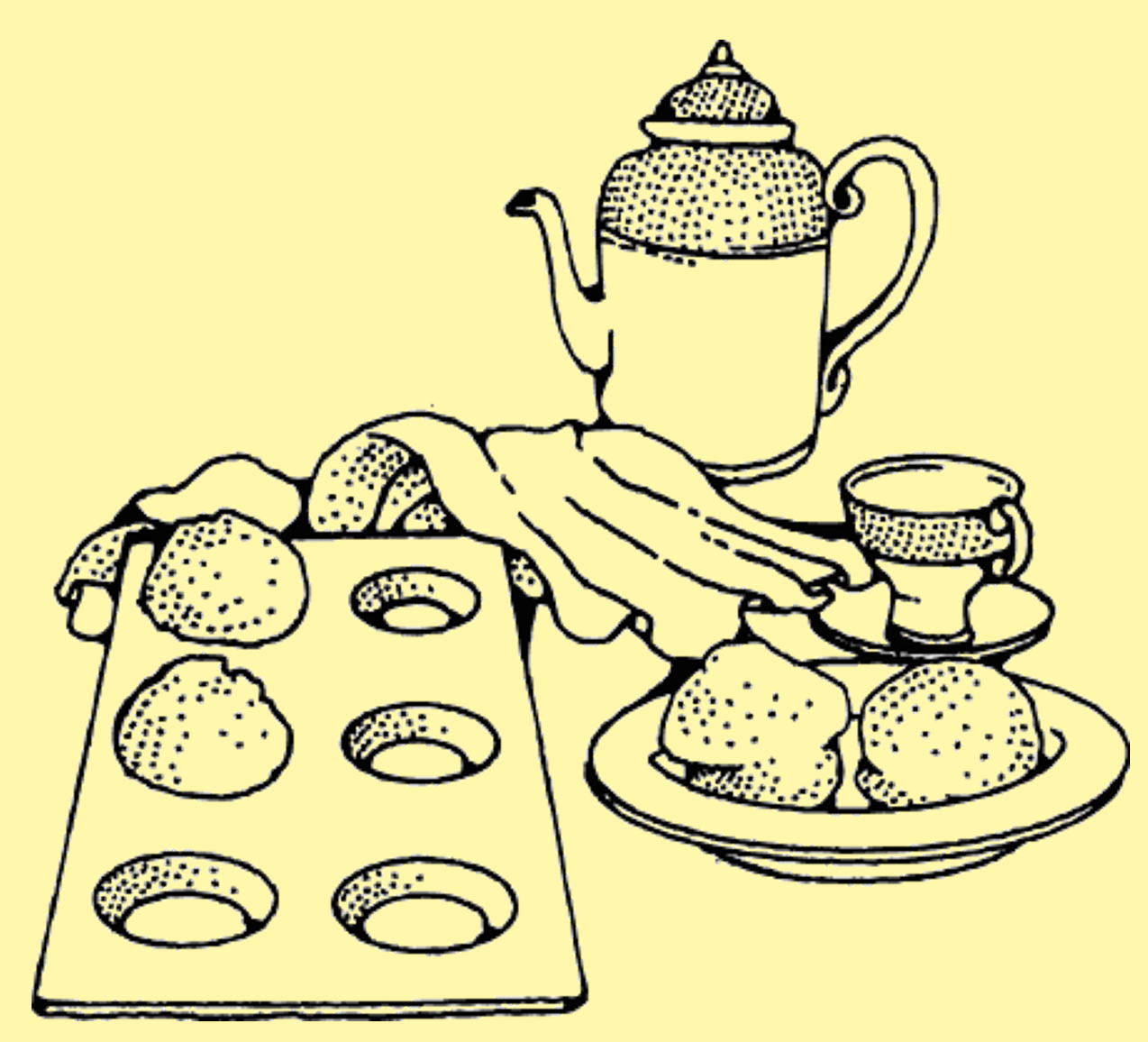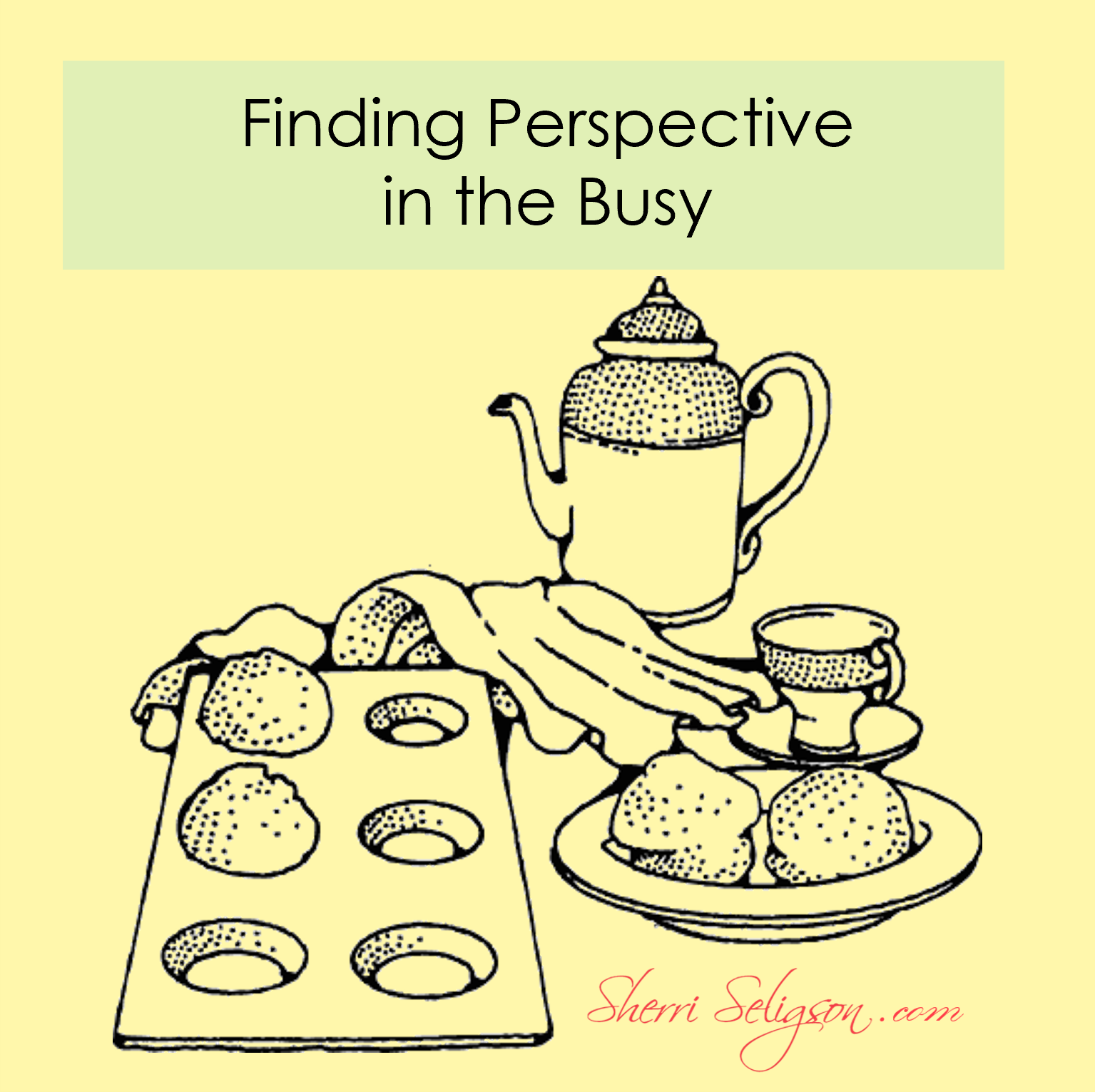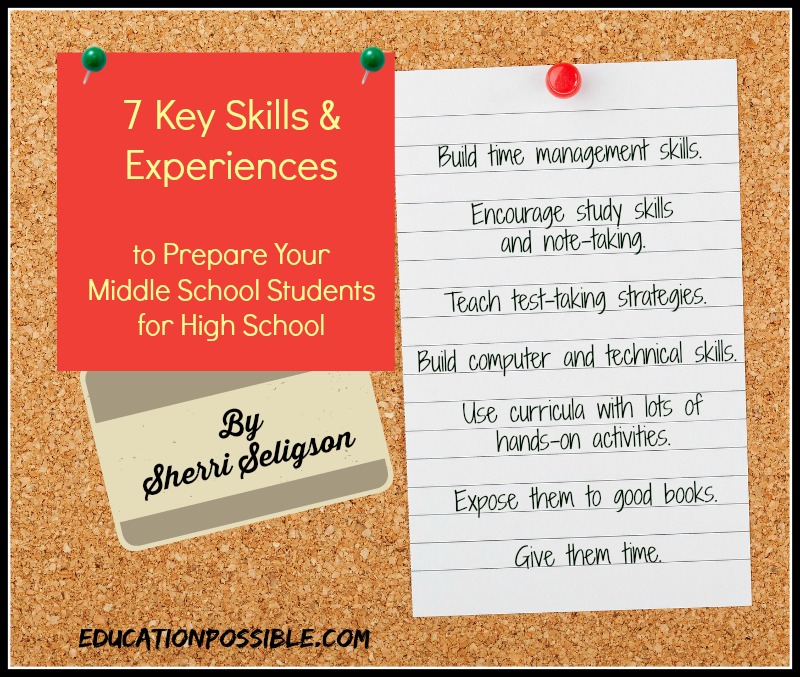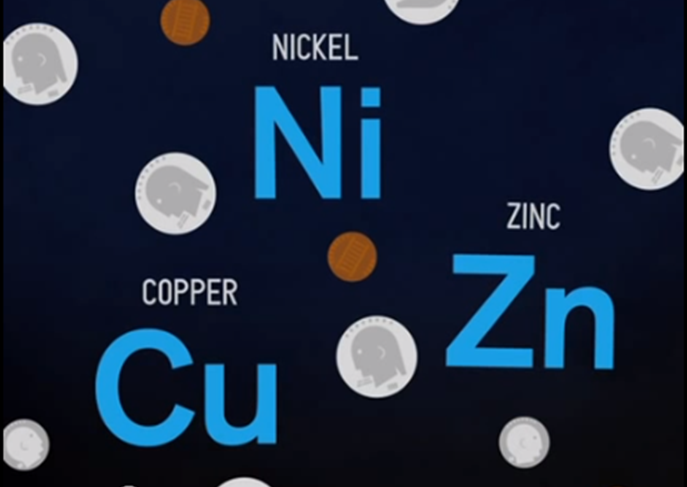
This past weekend I spoke at the FPEA convention in Orlando, Florida. One of my workshops was, “Am I Ruining My Child? What I Wish I Knew When I Started Homeschooling.” I think one of the greatest things about this workshop is seeing the facial expressions on the parents when they are sitting in the room waiting for the workshop to begin. They are looking around and smiling.

I know what they are thinking…
“Wow. I thought I was the only one.”
It makes ME smile. No, sweet mama. You are not the only one. We all feel this way sometimes.
In the workshop, I discuss some of the scariest topics that homeschoolers face. One of these is the pressure to get the newest, sparkliest curriculum out there because everyone else is using it.
I know. Just because everyone else jumped off the bridge, Sherri, doesn’t mean you have to. It’s the classic peer pressure thing – and I fell into it often.
Years ago, my oldest was in elementary school. His favorite subject was math. The curriculum we used was a very good one. He was learning, progressing, and scoring well each year on his assessment tests.
Then….a shiny new curriculum entered the homeschool market. EVERYONE seemed to be using it. Studies had shown that students using this curriculum scored over a hundred points higher on their SAT test. Of course I wanted my son to do as well as he could. And it appeared that THIS was the curriculum to make it happen.

But he was doing very well with the other one. Why should I change? It was like I was in junior high school all over again and hearing my mother saying, “Just because everyone else has an Izod top doesn’t mean you have to have one, Sherri.”
She’s right. But despite the teenage-haunted-echoes going on in my head, that summer I joined the rest of the happy, smart homeschoolers all over the U.S. and bought the new math curriculum.
Well, it was a disaster. Though this was a good, solid curriculum, it didn’t fit my son’s learning style. His enthusiasm for his favorite subject was gone. I remember watching him one morning, facing his math book, and sighing… He began to lose his love for math. It became a chore.
When I finally realized this, I talked it over with my husband, we bit the bullet, and bought the next level of OLD curriculum. I just couldn’t let my child lose the excitement for a subject he loved just because I wanted to keep up with the Jones’s.
I knew that this is one of the reasons we homeschool. If a certain curriculum or teaching style isn’t working for my child, I have the ability to change course to try to tailor his education to best fit his needs. After all, if we believe that there is one curriculum that is the best and only one that should be used to teach a subject, then we are really saying that all children are alike in their strengths, learning abilities, and giftedness.
If that is true, then why not get that one best curriculum, put them all together in groups taught one way by one teacher and they will all make perfect scores on the standardized exams.
Well, we know that is NOT true. Every child is unique and has individual learning styles, passions and abilities. Our job as parents is to build on those strengths while finding ways to encourage the weaker areas. We can give them the perfect opportunity to excel as they are prepared to do so.
And, no, it will NOT look like every other child’s path. That’s by design. They are different. And that is good.
So don’t worry if you are taking a different direction in your child’s education. Get to know your child and what excites him or her. Figure out the best ways to engage each of them as they are learning.
And know that it’s OK to be different.
Have an extraordinary day!
~Sherri
